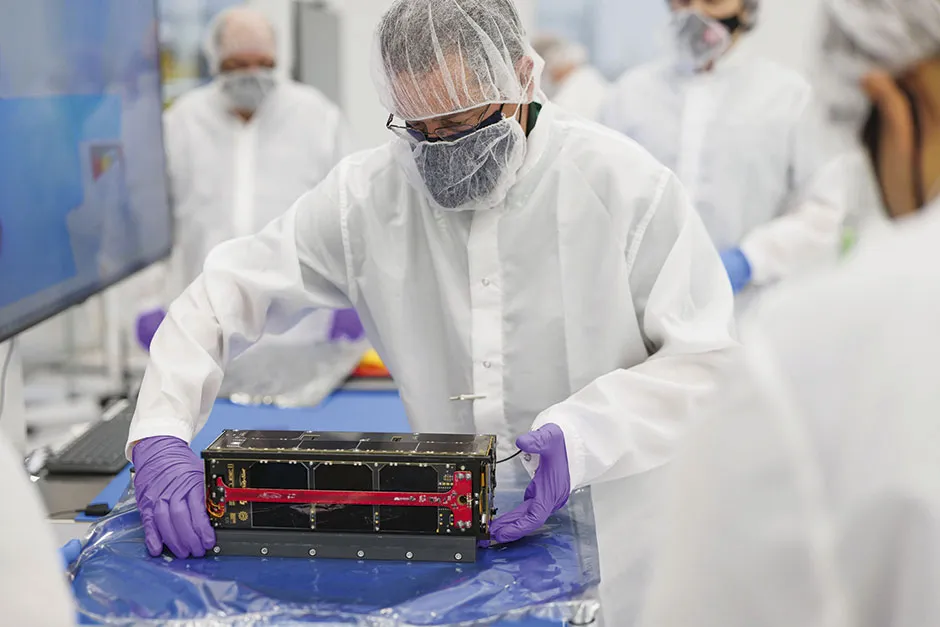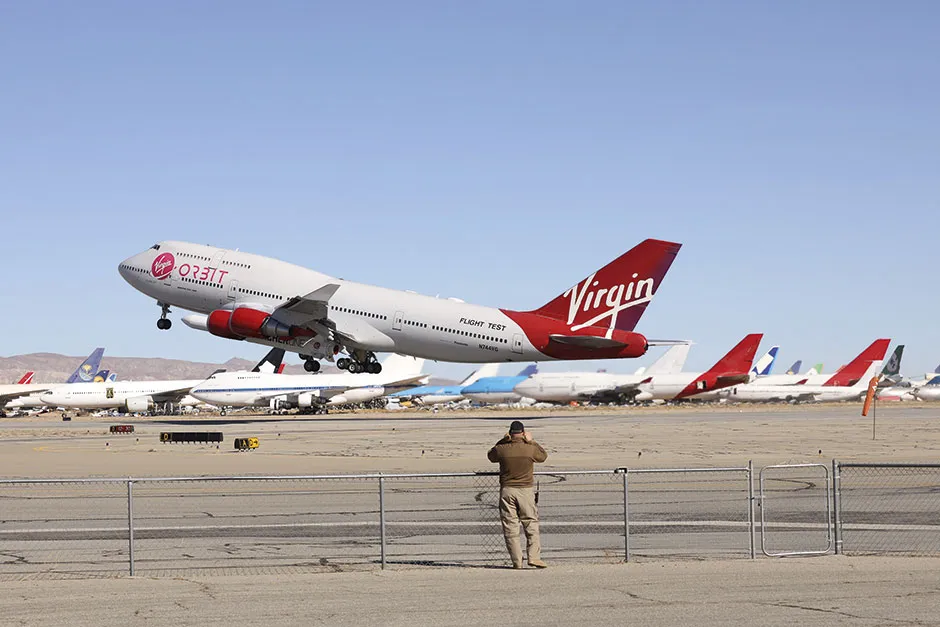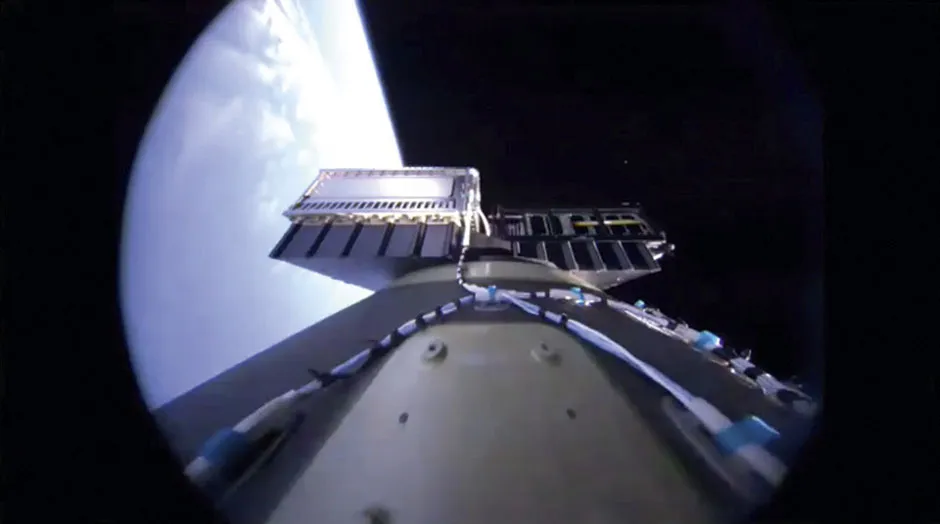On the morning of 17 January, Virgin Orbit’s LauncherOne rocket made its first successful voyage into orbit.
The rocket was launched from under the wing of a jet aircraft, rather than a traditional launch pad on the ground, from Mojave Air and Space Port in California. It is the first orbital class, air-launched, liquid-fuelled rocket to reach space.

The satellites were selected by NASA’s Launch Services Program as part of the CubeSat Launch Initiative. Nine out of 10 of the CubeSats were designed, built and tested by universities across the US.
The CubeSats will carry out studies such as weather readings, debris analysis and effects of radiation.

LauncherOne was taken into the air by Virgin Orbit’s carrier aircraft, a customised Boeing 747-400 dubbed ‘Cosmic Girl’.

After a smooth release from the aircraft at a height of about 10,000m, the rocket ignited and powered itself into orbit.

Once in its target orbit, the rocket deployed the CubeSats. The satellites are fitted with cameras, allowing them to beam back pictures as they travel around the Earth.
Read more about CubeSats: